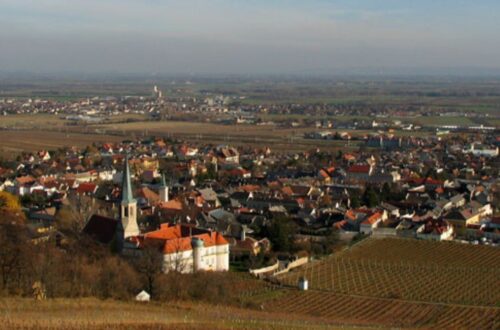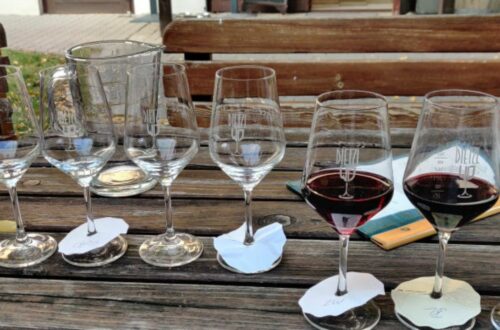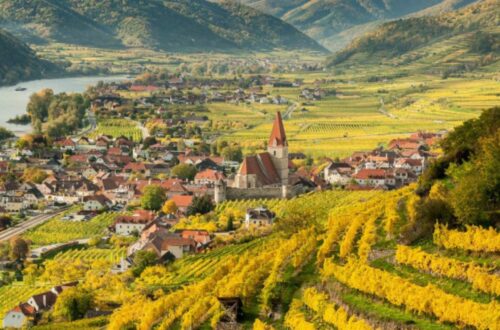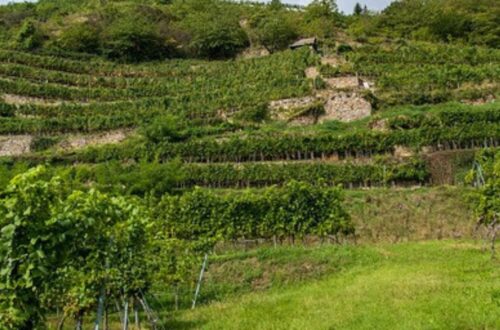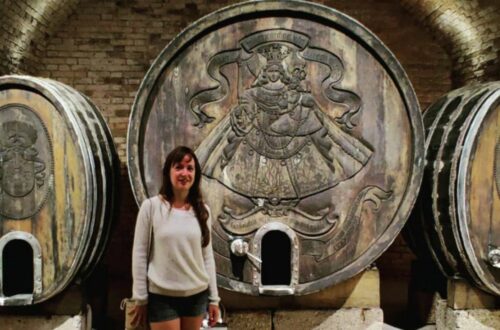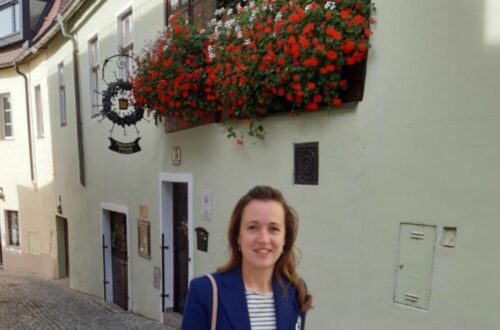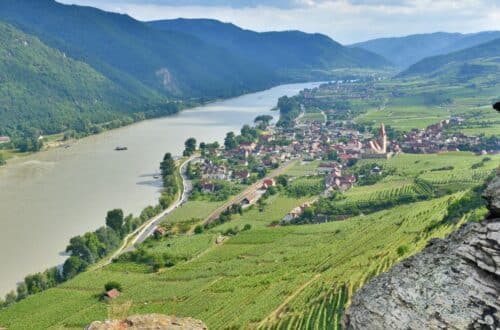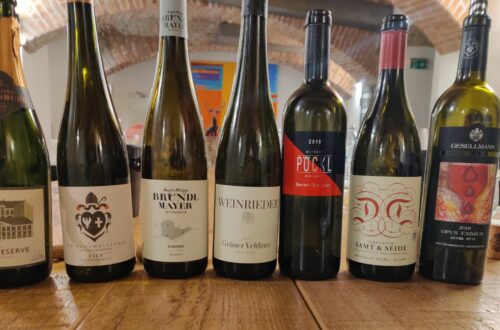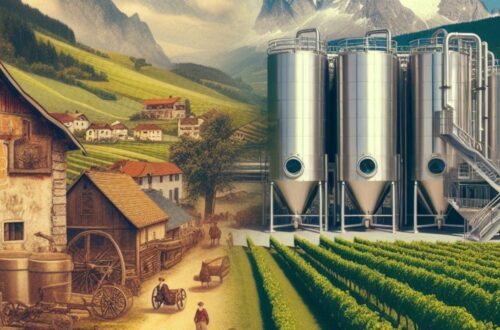Austria
- A Quick Guide to Austria’s Best Wine Regions
- The famous Wachau wine
- The less famous but equally delicious red wines of Burgenland
- Your Beginner's Guide to Grüner Veltliner from Wachau
- Your Beginner's Guide to Blaufränkisch from Burgenland
- Where to buy Austrian wine online
-
Thermenregion wine
The Thermenregion wines’ history goes back the Middle Ages. Notable designations of origin such as Gumpoldskirchen for white wines and Vöslau for red wines rime with exceptional quality. A significant turning point occurred in 1985 with the introduction of the new Austrian wine law, ushering in a new era for the region. Gumpoldskirchen and Bad Vöslau merged together to form…
-
Weinviertel Wine
The Weinviertel became a part of Austria through the Treaty of Teschen in 1778, and vineyards were first established there in 1823. It belongs to the large family of Niederösterreich, ie Lower Austria, and is one of the 8 sub regions, the Wachau being the most famous one. Stretching along a 400 km route, the Weinviertel Wine Road boasts nearly…
-
Traisental wine
Traisental is an Austrian wine region with a rich history spanning over 500 years! The vineyards cover more than 1,500 acres. With over 50 vineyards contributing to the production of over 10 million bottles of wine, Traisental has established itself as a prominent wine-producing area. Visitors to Austria can explore the charming small towns within Traisental, such as Traismauer, which…
-
Wagram wine
The vineyards in this region are separated into two clearly defined zones. The first zone is located north of the Danube, adjacent to the Kamptal region. It is characterized by the expansive “Wagram,” a large terraced land that extends eastward for approximately 30 kilometers. The second zone, situated south of the Danube, encompasses the charming wine villages of the Tulln…
-
Kamptal wine
Kremstal and Kamptal, the neighboring regions of Wachau, unfortunately often live in its shadow. This is a sad fact considering that both regions exemplify the magnificence of what Austria has to offer in terms of winemaking. However, the good news is that these two regions not only offer exceptional quality but also provide excellent value for money. The two regions…
-
Kremstal wine
In Niederösterreich, Wachau has two neighbors : Kremstal and Kamptal. However, both live in its shadow. This is sad because thee two regions are magnificent example of what Austria has to offer. But the good news is, these two regions offer great quality and attractive value for money! The two sisters, have shared a similar history. From vineyards replanted after…
-
Wachau wine
15 min read The Wachau Valley: let’s talk about one of my favorite places on Earth. Picture this: terraced vineyards, adorable little villages, and medieval castles watching over the Danube River. That’s the Wachau for you—a spot so special it’s a UNESCO World Heritage Site for its history and natural beauty. It’s part of Niederösterreich, or Lower Austria, which happens…
-
A Quick Guide to the best Austrian wine regions
9 minutes read Austria—a land of schnitzel, waltzes, and punctual trains. But did you know it’s also home to some of Europe’s most delightful wines? I didn’t either, at first. Years ago, while visiting my father in Vienna, I confidently ordered a beer, thinking I was blending in with the locals. The bartender gave me a polite but knowing smile…
-
Review : Exclusive Wine Experience : Taste the best of Austria in a wine cellar in the heart of Vienna
I don’t know about you but whenever I travel, I want to taste the local wine (heck even in Japan, I tasted wine! and it tasted good by the way, but that’s a story for another time So of course, Austria is no exception. And by the way, Austria used to be the 3rd wine producing country in the world!…
-
History of wine in Austria
The first traces of Austrian wine were discovered during the Bronze Age, in the 10th century BC, in the Traisental valley and the Weinviertel. The discovery of other grape seeds in the Burgenland was during Celtic times around 700 BC. Wine culture then spread to the banks of the Danube (the region we know call Carnuntum) and to Styria, a…



